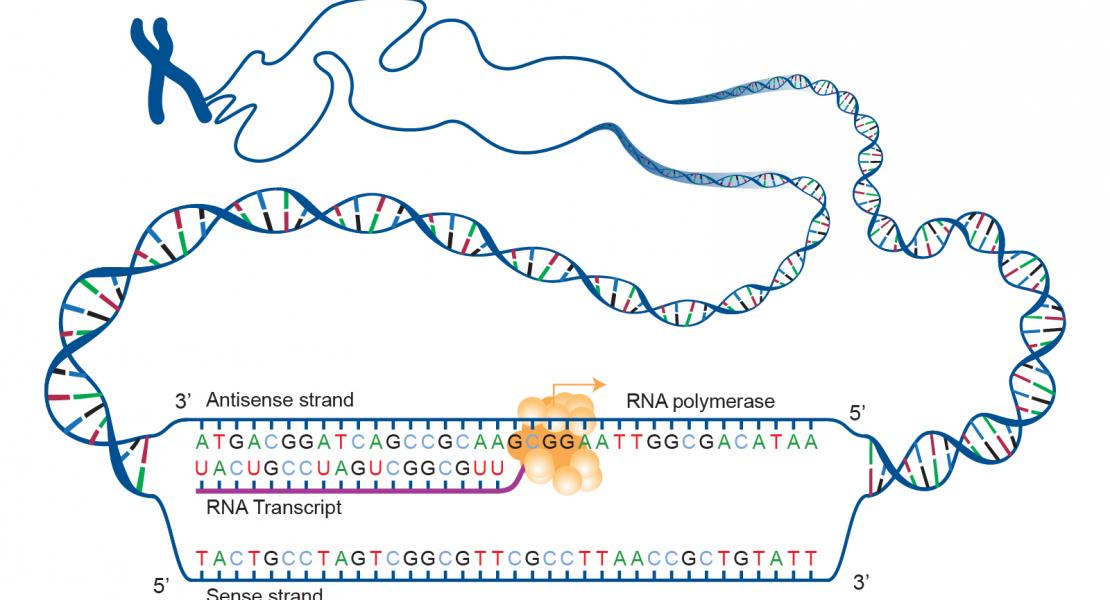Direct Competition between hnRNP C and U2AF65 Protects the Transcriptome from the Exonization of Alu Elements

Abstract
There are 650,000 Alu elements in transcribed regions of the human genome. These elements contain cryptic splice sites, so they are in constant danger of aberrant incorporation into mature transcripts. Despite posing a major threat to transcriptome integrity, little is known about the molecular mechanisms preventing their inclusion. Here, we present a mechanism for protecting the human transcriptome from the aberrant exonization of transposable elements. Quantitative iCLIP data show that the RNA-binding protein hnRNP C competes with the splicing factor U2AF65 at many genuine and cryptic splice sites. Loss of hnRNP C leads to formation of previously suppressed Alu exons, which severely disrupt transcript function. Minigene experiments explain disease-associated mutations in Alu elements that hamper hnRNP C binding. Thus, by preventing U2AF65 binding to Alu elements, hnRNP C plays a critical role as a genome-wide sentinel protecting the transcriptome. The findings have important implications for human evolution and disease.
